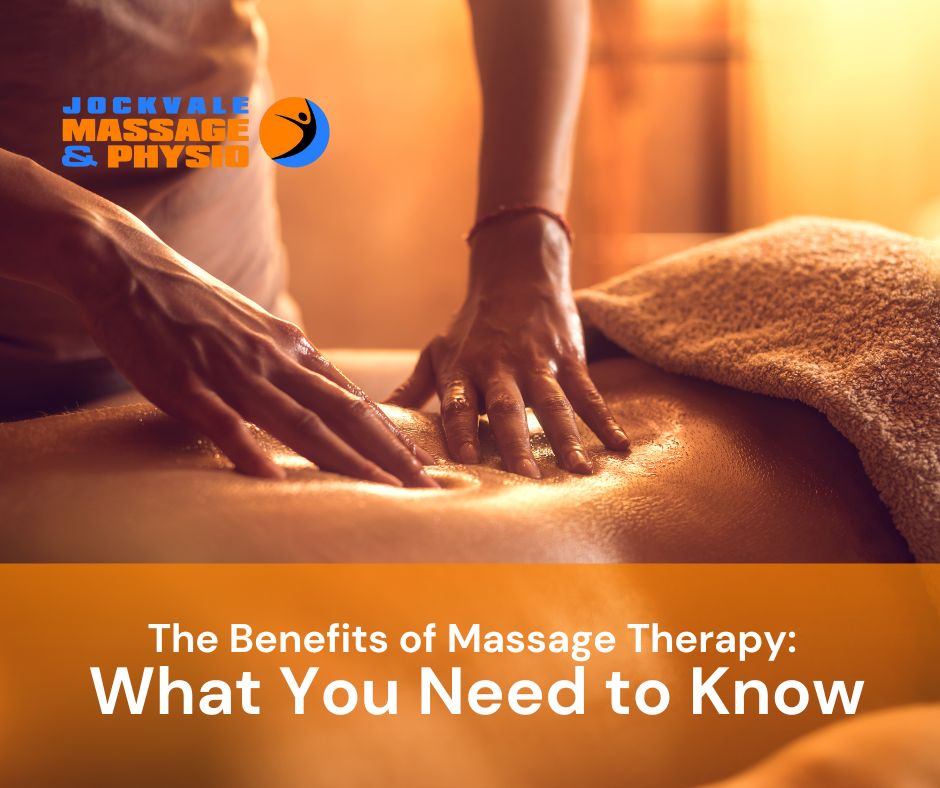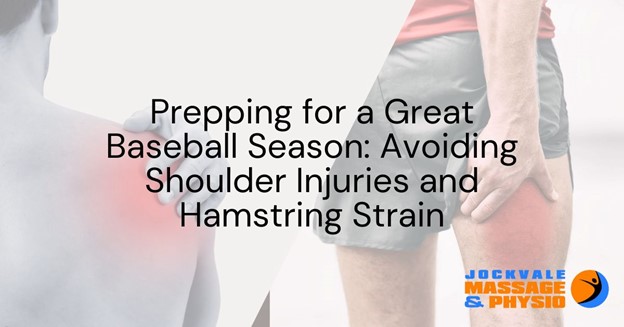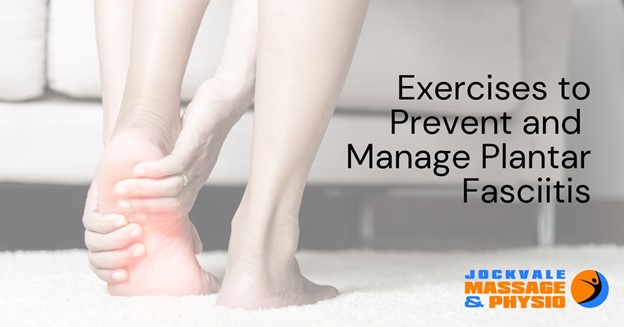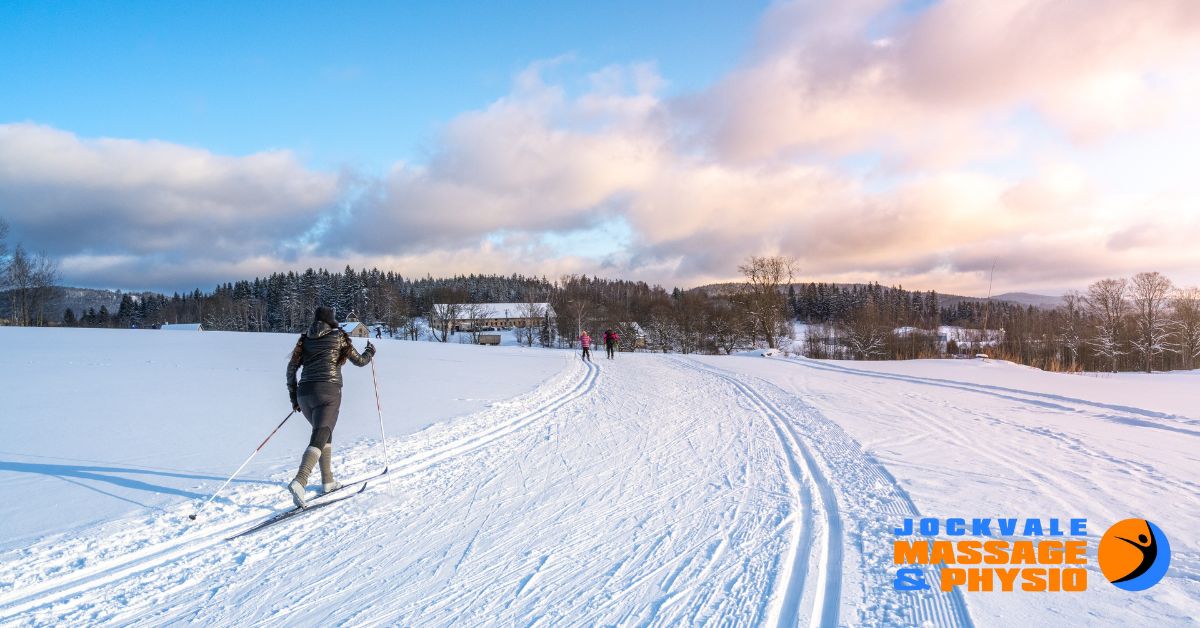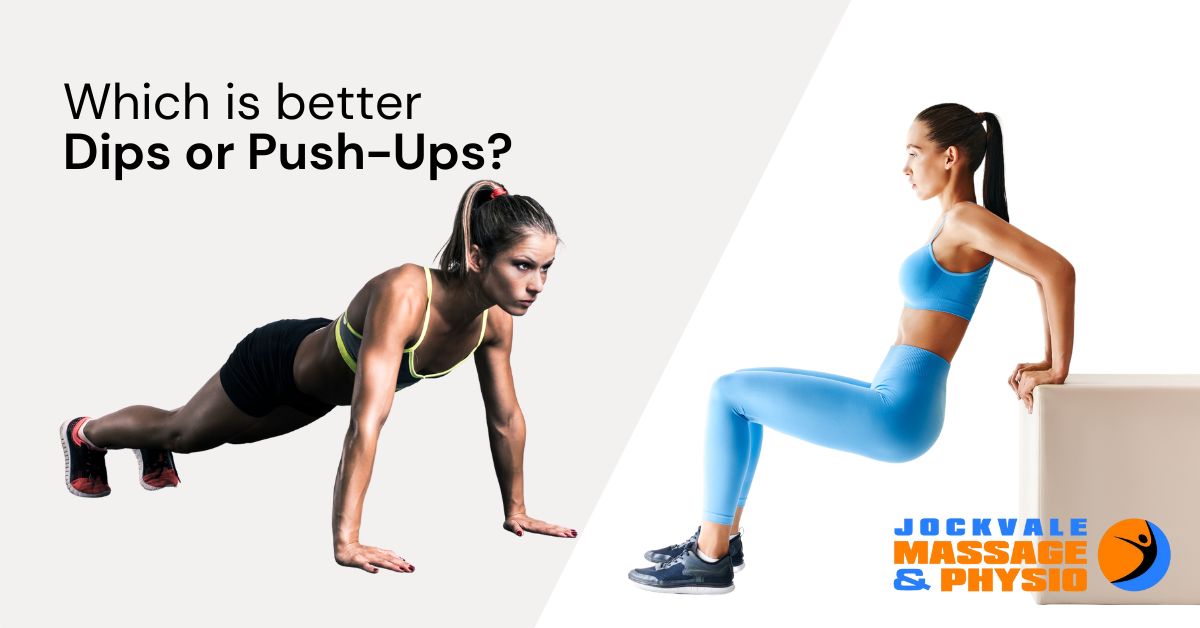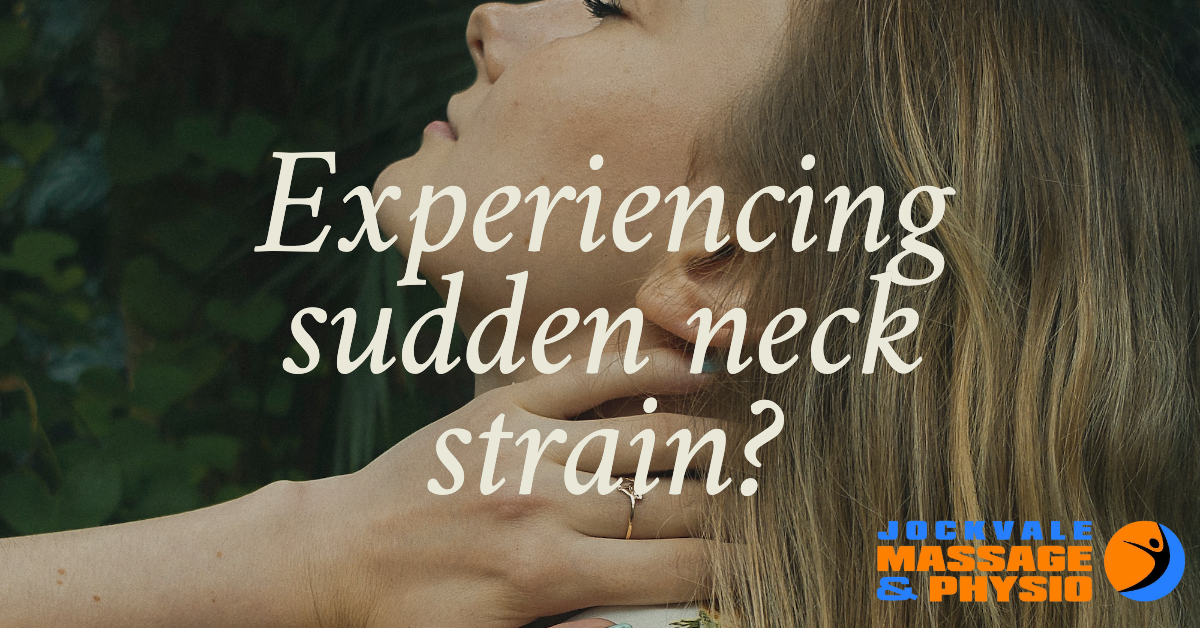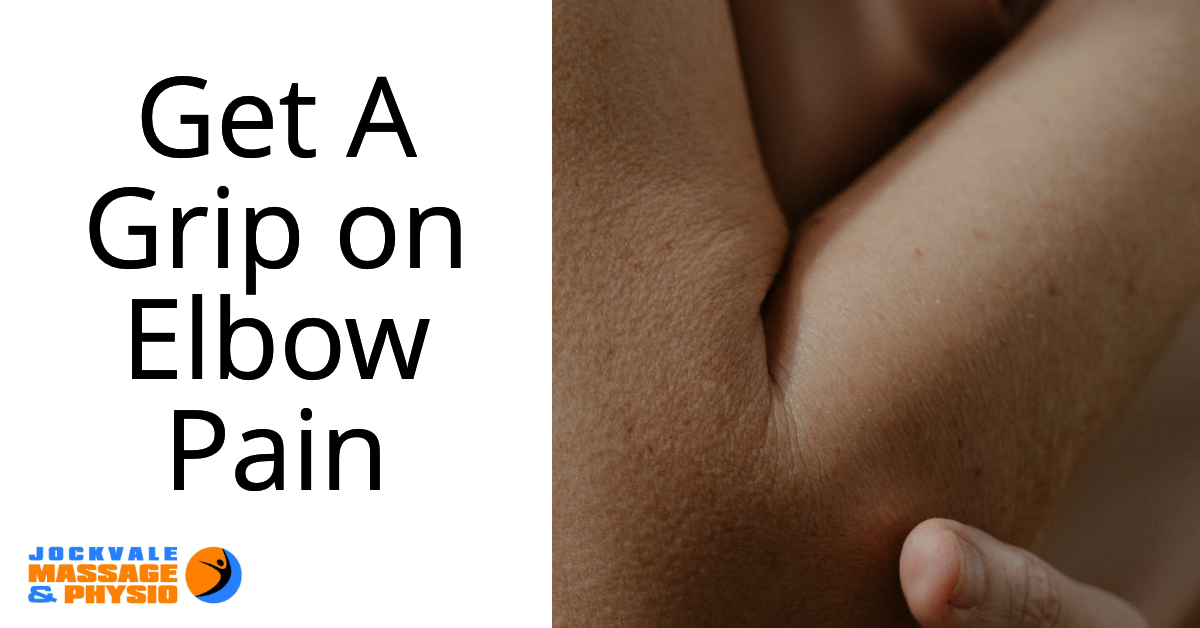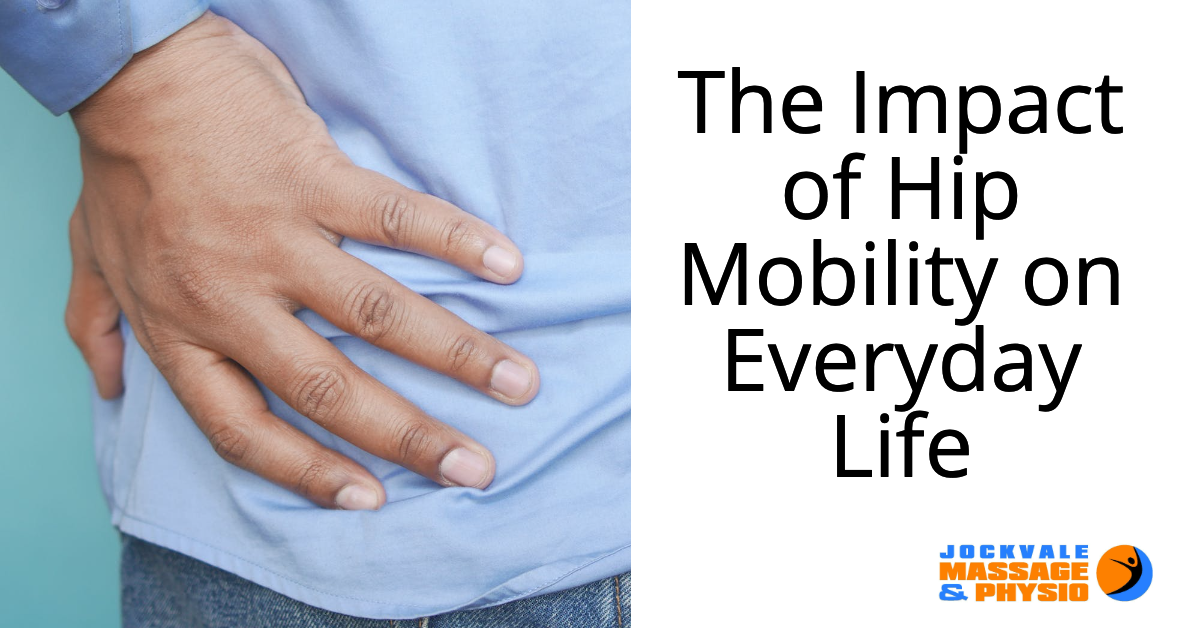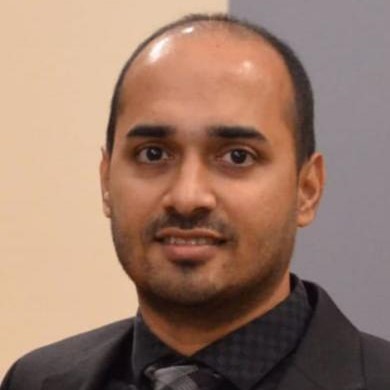In today’s fast-paced world, stress and tension have become common companions for many. One of the most effective ways to address these issues and promote overall wellness is through massage therapy. In this blog post, we will explore the numerous benefits of massage therapy, including pain relief, stress reduction, and improved circulation. So sit back, relax, and discover how you can enhance your life through the power of touch.
Say Goodbye to Stress
Massage therapy has long been recognized as a potent stress-reliever. Whether you’re dealing with work-related pressure or personal concerns, a well-executed massage can help alleviate the symptoms. As you unwind during a session, your body releases endorphins, which are natural “feel-good” chemicals. These neurotransmitters help to reduce anxiety, promote relaxation, and create a sense of well-being.
Pain Relief for Aching Muscles
Pain management is another significant benefit of massage therapy. People who suffer from chronic pain or have sustained injuries can find relief through various massage techniques. By applying pressure to targeted areas, massage therapists can help to loosen tight muscles, alleviate muscle knots, and increase blood flow. This, in turn, can lead to reduced inflammation and pain.
Boosting Circulation
Improved circulation is another perk of massage therapy. When a massage therapist works on your muscles, they stimulate blood flow throughout your body. This increased circulation can help to deliver essential nutrients and oxygen to your cells while also removing waste products. The result is enhanced overall health, faster healing, and better physical performance.
Sleep Soundly
For those struggling with sleep issues, massage therapy can be a game-changer. By promoting relaxation and easing muscle tension, massages can help you achieve a more restful slumber. Additionally, the release of endorphins during a massage can improve your mood and reduce anxiety, making it easier to drift off to sleep.
A Stronger Immune System
Massage therapy can also contribute to a more robust immune system. Studies have shown that regular massages can increase the production of white blood cells, which help protect your body against infections and diseases. Furthermore, reduced stress and improved sleep can further bolster your immune system’s functionality.
Enhanced Flexibility and Range of Motion
Athletes and non-athletes alike can benefit from massage therapy’s ability to improve flexibility and range of motion. Various massage techniques can help to loosen tight muscles, increase joint mobility, and promote better muscle function. As a result, you may find it easier to perform everyday tasks or engage in physical activities without discomfort or limitations.
Relief from Headaches
Those who suffer from tension headaches or migraines can also find relief through massage therapy. Massages that focus on the neck, shoulders, and head can help to alleviate headache pain by reducing muscle tension and promoting relaxation. Furthermore, improved blood flow can help to minimize the frequency and intensity of headaches.
Aiding in Recovery and Rehabilitation
Massage therapy is an excellent addition to any recovery or rehabilitation program. Whether you’re healing from surgery, an injury, or dealing with a chronic condition, massage can help to speed up the healing process. By promoting circulation, reducing inflammation, and enhancing flexibility, massage therapy can help your body to recover more effectively.
Mental Health Benefits
Finally, massage therapy can positively impact your mental health. The relaxation and stress relief that massages provide can help to reduce symptoms of anxiety and depression. Furthermore, the physical benefits of massage therapy, such as improved sleep and reduced pain, can contribute to better overall mental health.
Massage therapy offers a wealth of benefits for individuals seeking to improve their physical and mental well-being. From stress reduction and pain relief to enhanced circulation and increased flexibility, the power of touch can have a significant impact on your overall health. If you’re looking to enhance your quality of life, consider incorporating regular massage therapy sessions into your self-care routine.
Now that you understand the numerous advantages of massage therapy, it’s time to experience them for yourself. Consult with our licensed and experienced massage therapist who can tailor their techniques to meet your specific needs. Don’t wait any longer – start reaping the rewards of massage therapy and embark on your journey toward a healthier, more relaxed you. Contact us today at (613) 825-3837.

